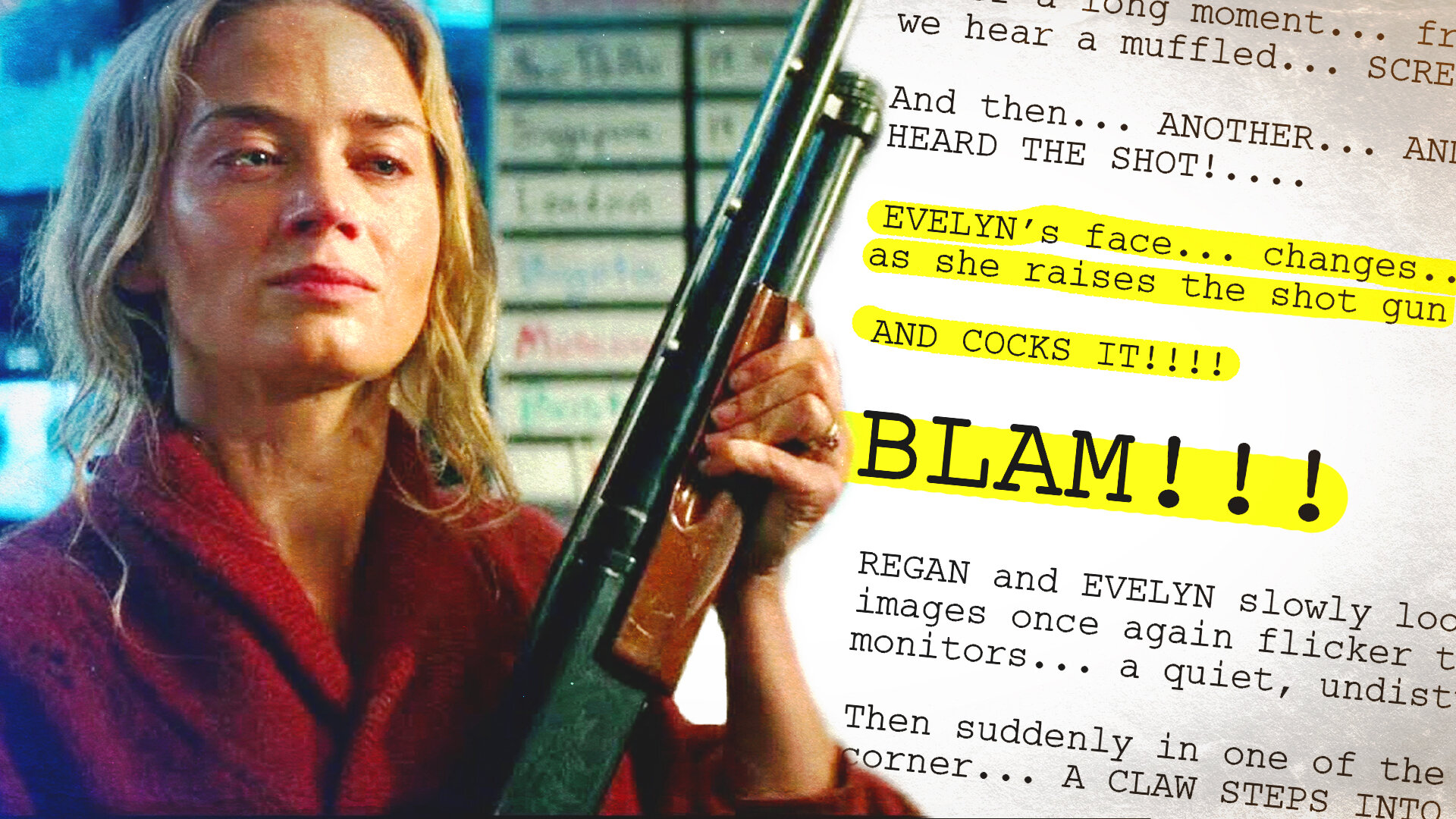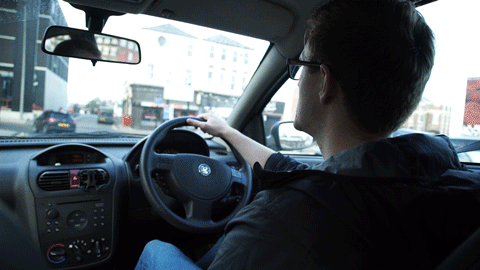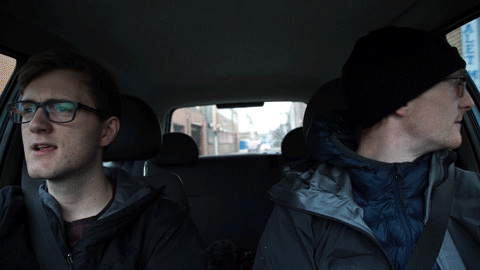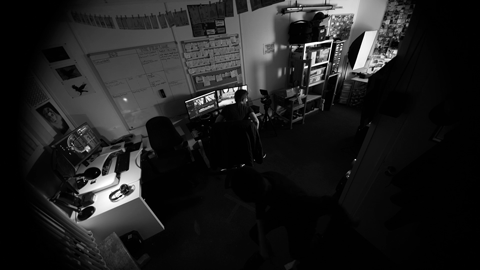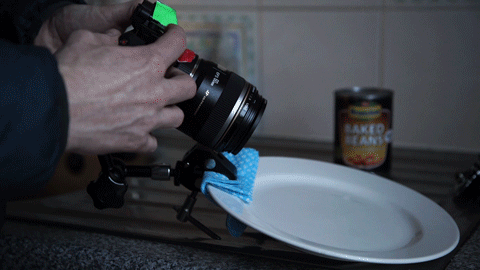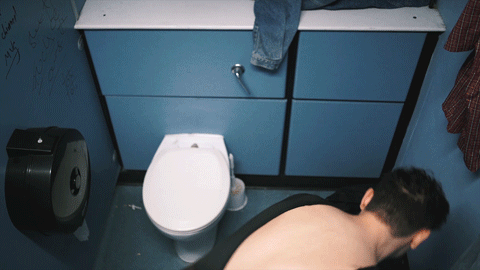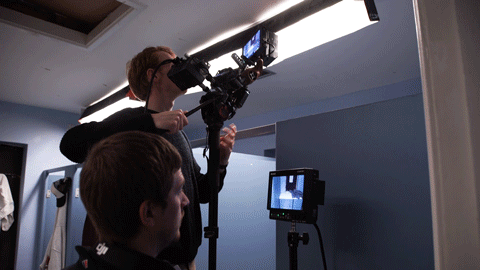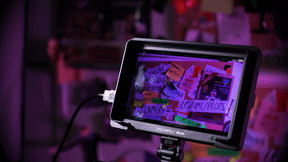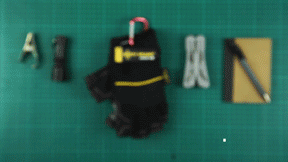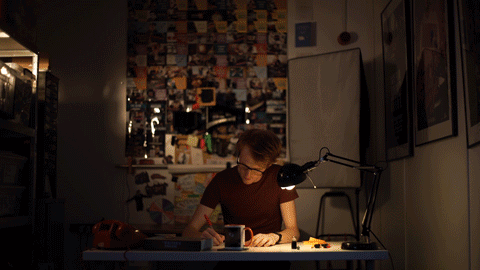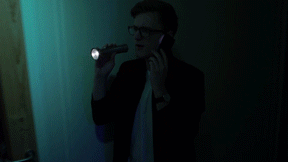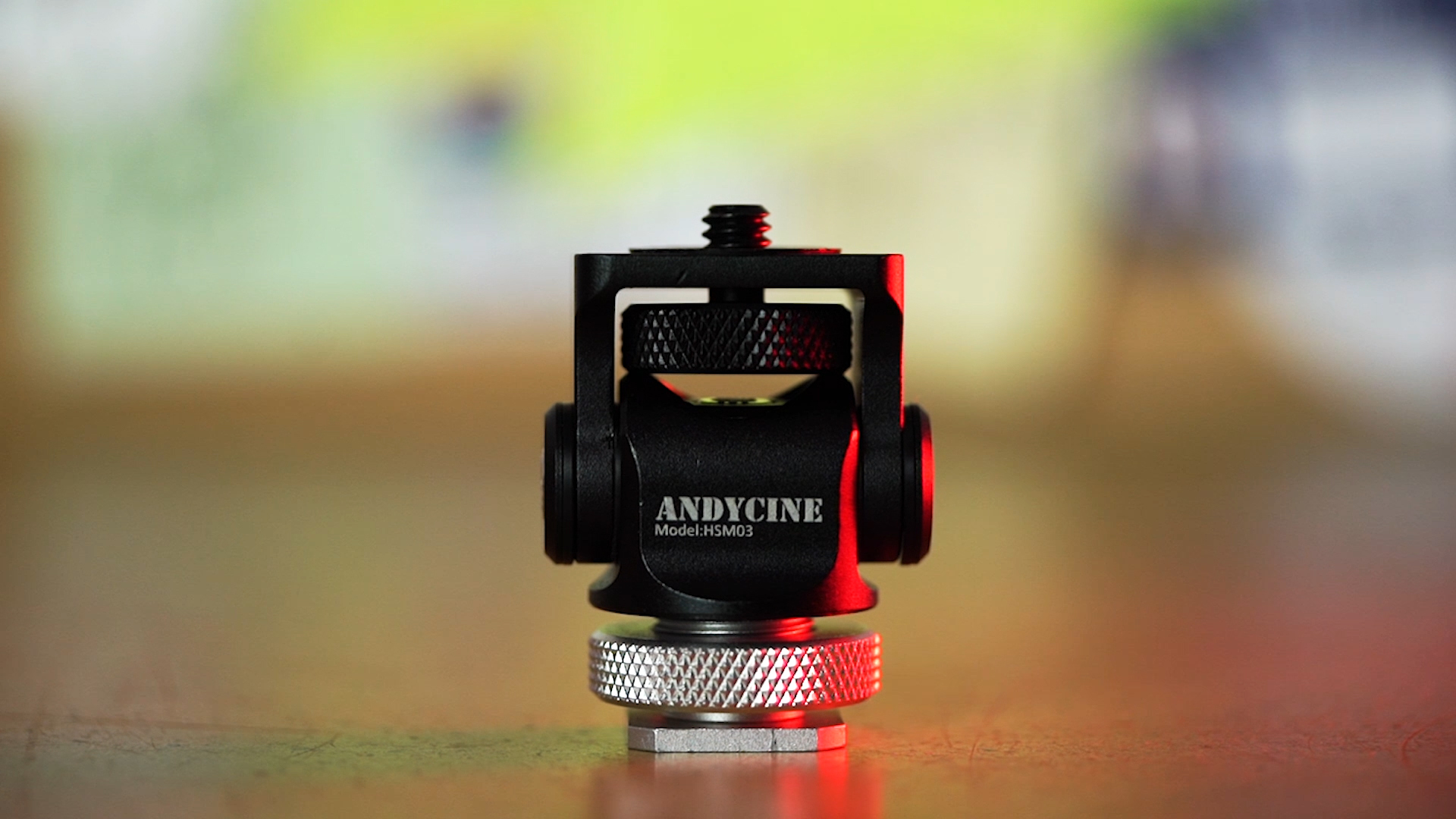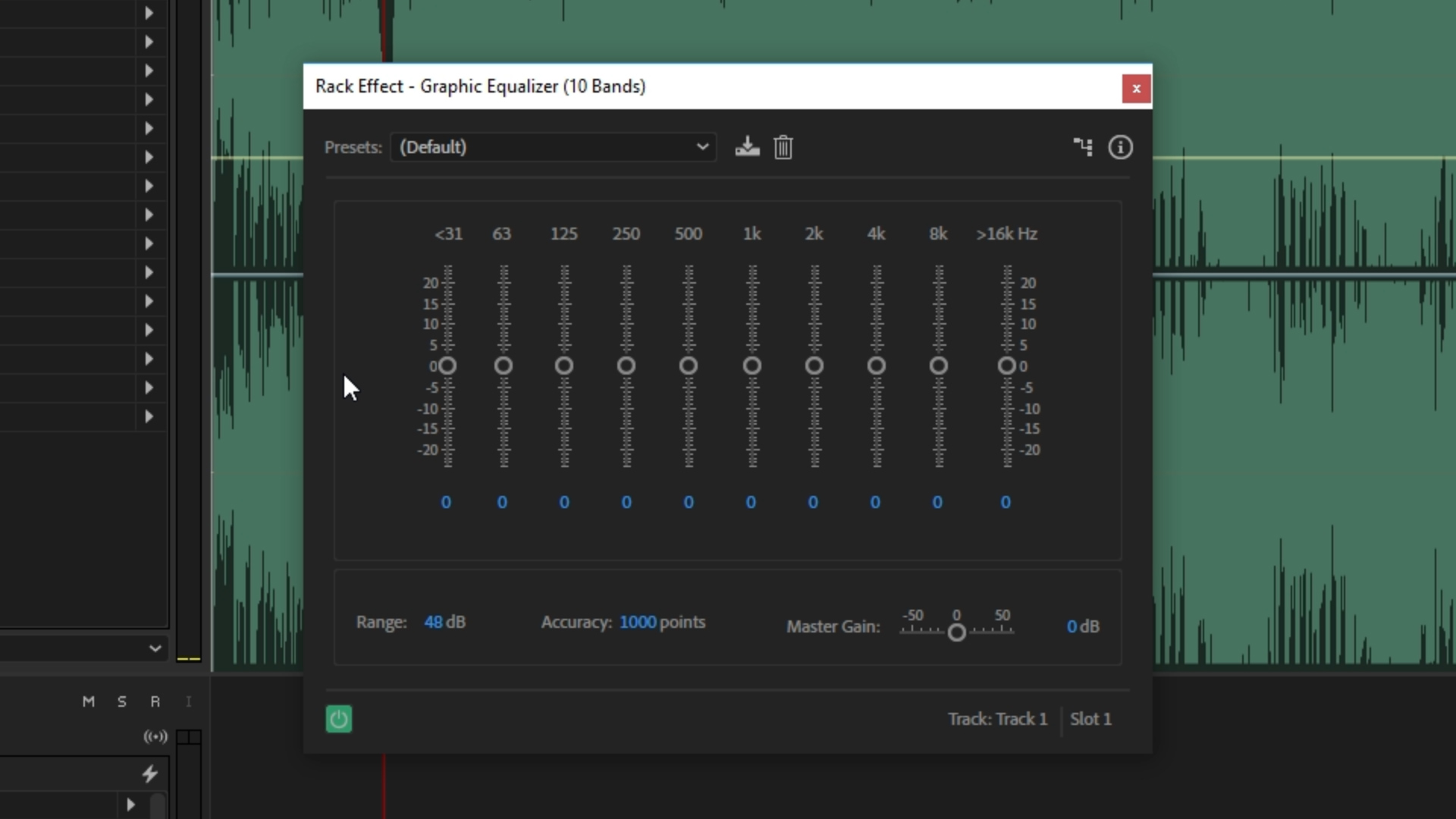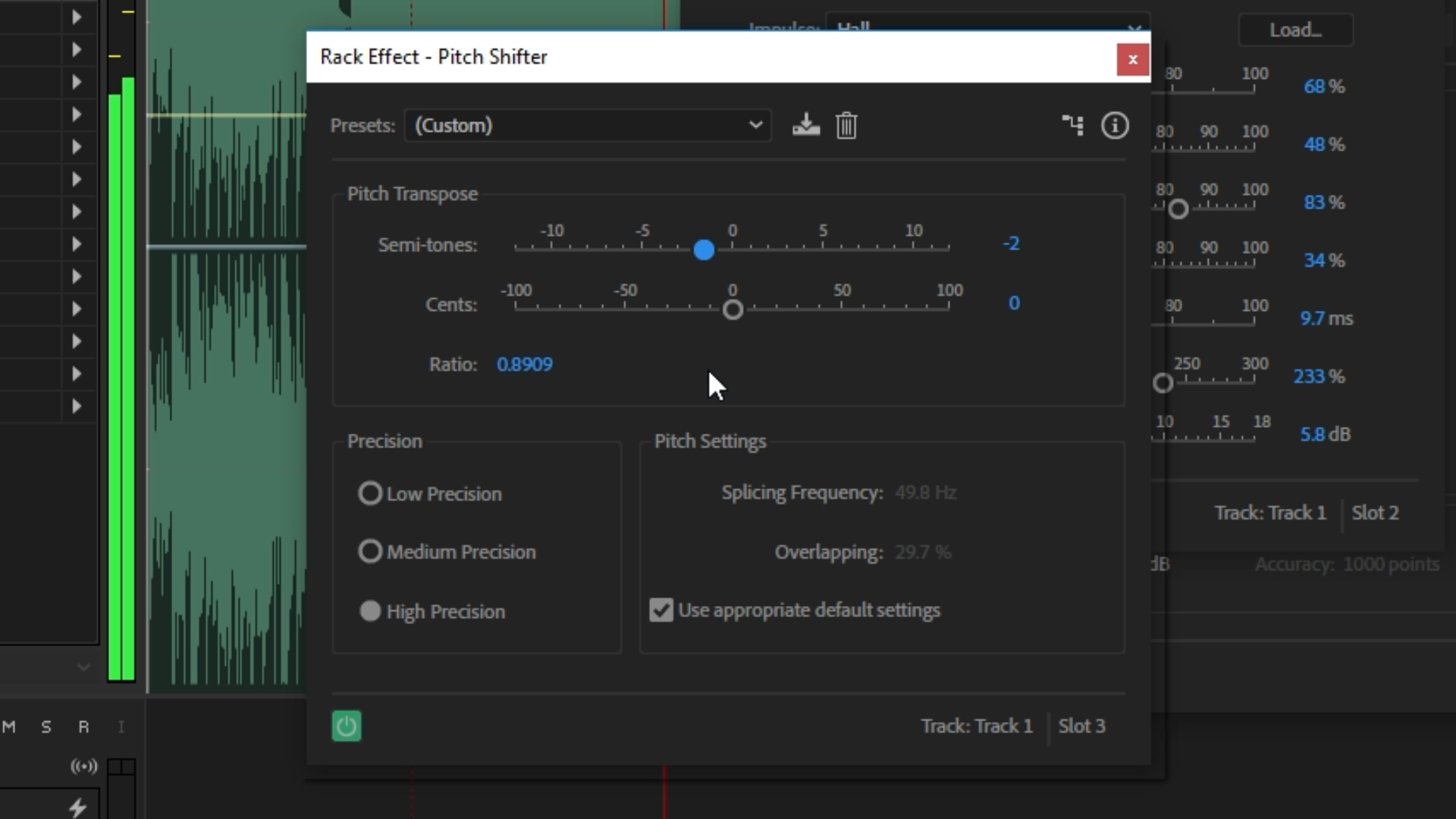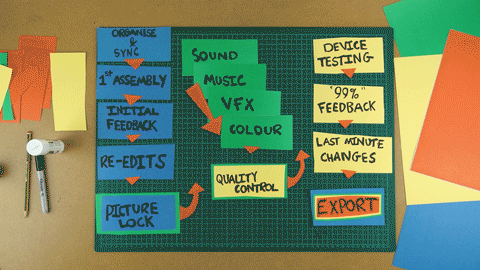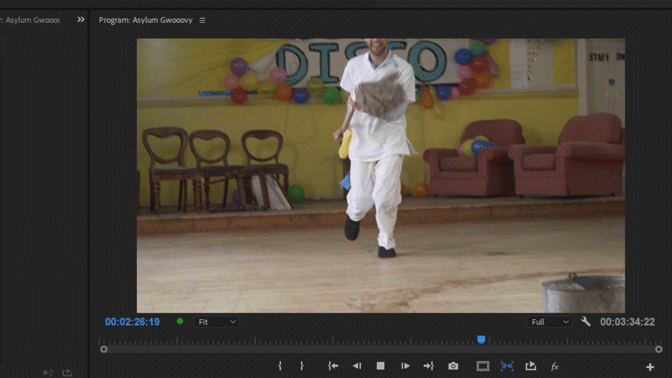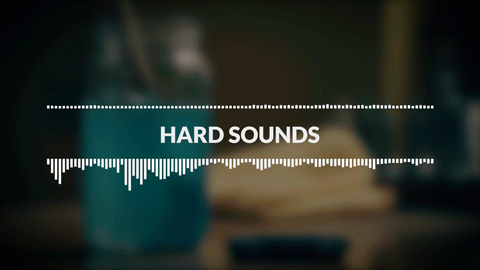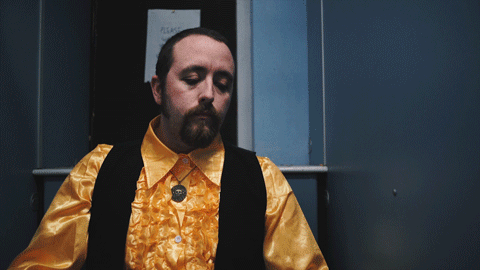Lately, we’ve been experimenting with crab clamps.
Our latest DIY invention is the lightweight clamp rig: it involves combining a clamp, a magic arm, and quick release plate so you can mount a light weight camera to strange and creative places.
Today we are showing you 6 different ways you can get creative with the clamp rig to help you with your next film.
Let me preface this episode with a quick note: these clamps can be tightened very easily, so just make sure you attach them to something strong. You don’t want your camera to fall off, or even worse, damage the surface you are clamping it to! So just be cautious.
Car Cam
The first place we tested out the clamp rig was inside a car to get some driving shots.
We found the headrest rods were a perfect diametre for the crab clamps, and because we had a magic arm attached, we were able to distance the camera from the clamp and get closer to the subject’s eyes.
We drove around and the camera rig stayed in place. It did shake a bit when we hit some bumpy ground, but this could look like tasteful if you were shooting a scene with some fast paced action or drama.
Once we were driving on a flat, smooth road, the shot turned out silky.
We also shot a set of french-overs. With this setup, you would actually be able to shoot 2 cameras at the same time because the headrests, and the clamps, aren’t in shot.
You can get the same type of shot with a camera op in the backseat, but if you have limited crew, this is a good option.
The last shot in the car was a 2 shot from the front. My car is old and cheap, so the dashboard is made of some sort of shiny plastic which made attaching the clamp difficult. So we stuffed in some extra rubber tape to keep it secure.
Bookcase Cam
The next thing we tried was using the clamp rig on a bookcase.
We attached the clamp rig to the top shelf of the bookcase and positioned it looking into the room. With this shot, you can simulate a CCTV camera. This would be difficult to achieve with a tripod because of the lack of height and its spread out legs, so the clamp actually made this shot possible.
Then we pointed the camera looking straight to the floor, achieving a very high, top down frame. This is a very strange type of angle, so using this type of shot in the film would work great if you wanted the audience to pay extra attention to something.
Plate Cam
We wanted to go a bit weird with this next one.
Similar to a snorri-cam setup, we attached the clamp rig to a moving dinner plate. When coupled with the journey from the microwave to the table, this shot becomes quite interesting.
There is a lot of tell about a character by the type of meal they eat. So if you are using food to give a character or scene thematic emphasis, you can give the shot extra presence by turning it into a plate-cam!
Guitar Cam
The next thing we tried was attaching it to an instrument.
This is a perfect shot for an interesting live session or music video. As the musician moves around the stage, the guitar seems to stick to the frame, giving us a shot with, again, a lot of presence.
Just a quick note, before you attach the rig clamp to a guitar, ask the guitarist if it's okay, and try to pad out the clamp to relieve the pressure on the guitar to prevent any damage. We clamped the rig to my guitar, and unfortunately, it did leave a little groove in the wood. The crab clamp clearly isn’t the right tool for the job in this instance!
So here’s a question for you guys: to achieve this shot without damaging an instrument, how would you attach the camera to it?
Toilet Cubicle Cam
In one of our previous films, Backstage, some shots were inside a toilet cubicle. To pull of the shot we had to swap the tripod for a monopod in order to get closer to the door, and stand on an apple box in order to get the correct height.
This is where the rig clamp comes in!
We copied the shot from Backstage but this time we attached the rig clamp to the cubicle door frame and locked off the shot. It does mean you can no longer pan and tilt when the clamp is in place (unless you figure out how to attach a tripod head to it!), but now it’s safely up a height, pointing down, and best of all you can now open and close the door, so you won’t have to lock your talent in the loo anymore.
Discrete Shots & Timelapses
The last few things we tried were based on shooting vlogs. When a gorillapod won’t secure and a tripod is too bulky, you can use the rig clamp to attach it to things like railings if you wanted to get a shot of walking through the frame or even if you wanted to talk to the camera for a moment.
Lastly, we tried attaching the rig clamp to a table while we wrote the script for this very episode!
The camera is secure and out of the way: it can’t be knocked off the table during a timelapse, and there’s no chance of someone walking along and kicking one of the tripod legs.
And if someone tries to steal it, they will have a lot of trouble getting it disconnected!
This WAS a bit of an experiment. The rig clamp isn’t perfect, we know that. But it certainly opened up some possibilities for shooting. The parts we used can be found in the description.
If you want to see more videos just like this one, hit the orange lens cap to subscribe, and remember to achieve it one shot at a time.
This video was Sponsored By
🚀 http://bit.ly/pack-emulsion - Make your video look like it was tailor-made for the silver screen with RocketStock’s film grain overlay pack, Emulsion!
🎵 http://bit.ly/pbtfl-citycruising - Click here to download this episode's track. Check out Premiumbeat.com to discover a huge range of exclusive royalty free music!
DISCLAIMERS:
Some of these links are affiliate links, if you purchase gear via these links The Film Look will receive a small commission, but there will be no additional cost to you. Thank you!
